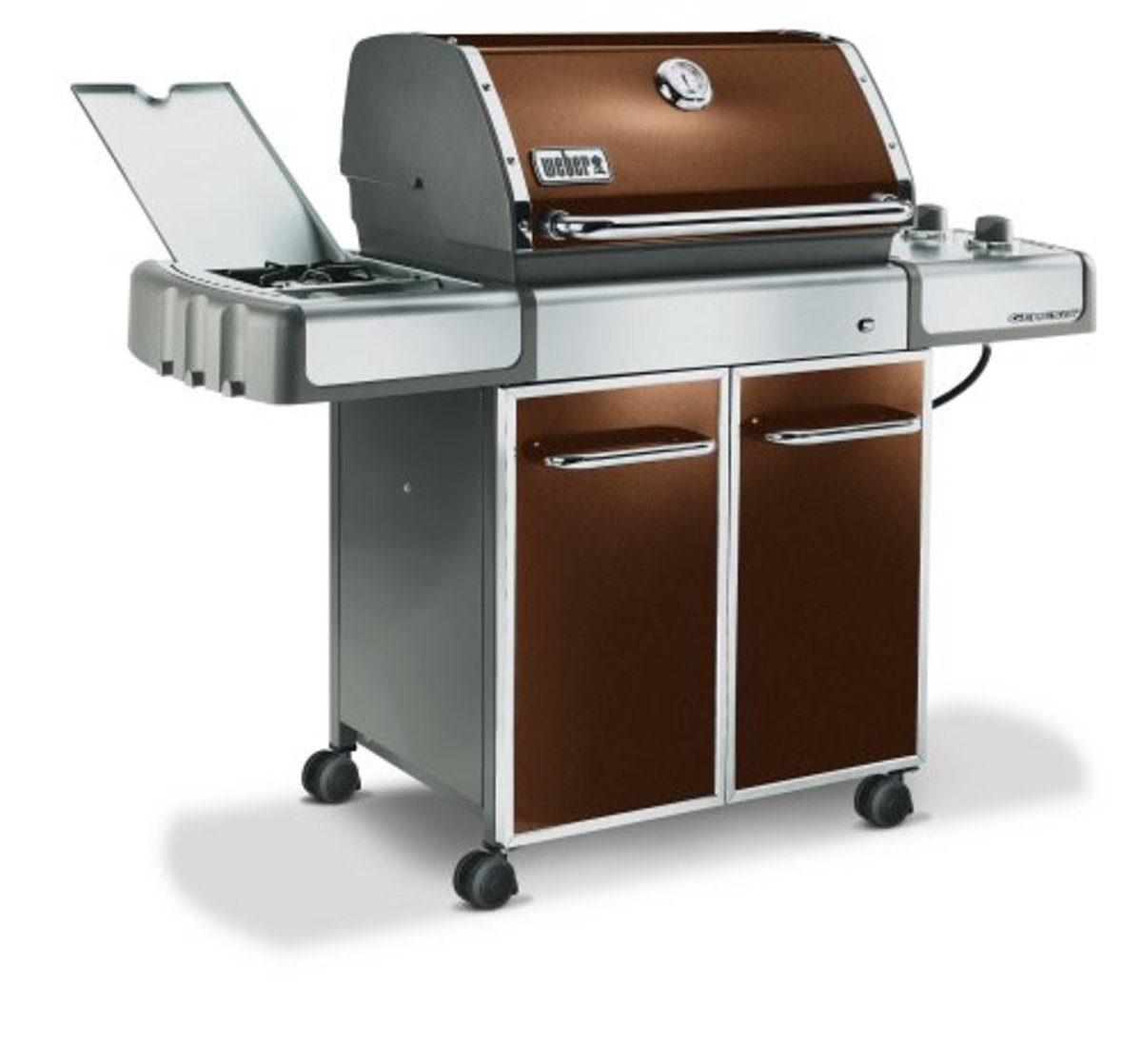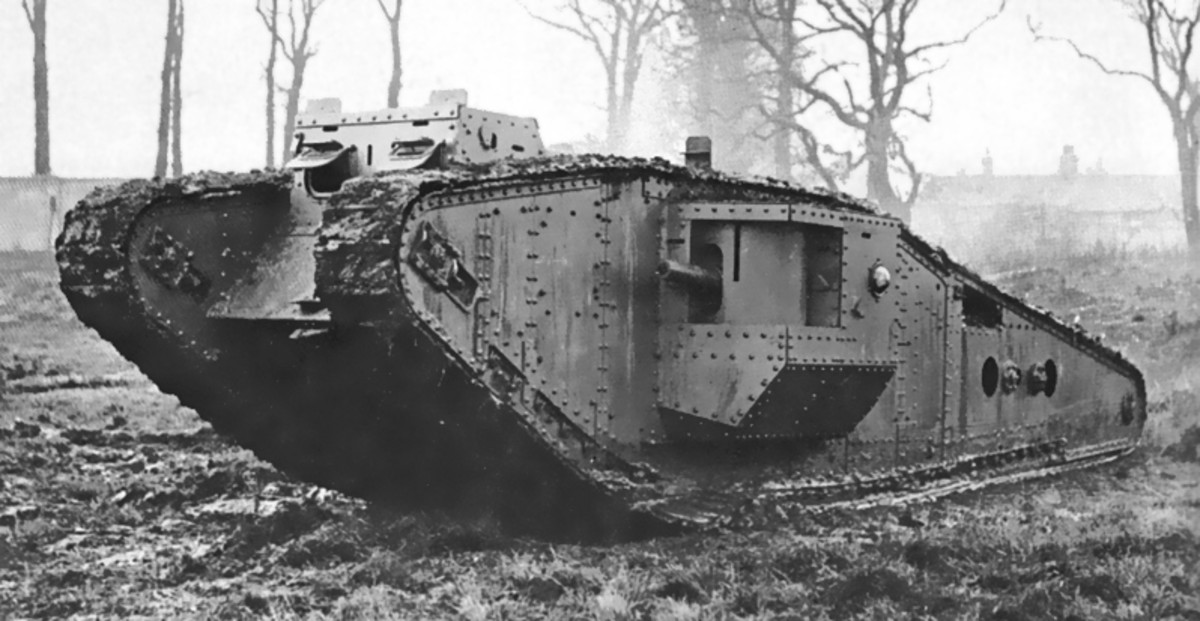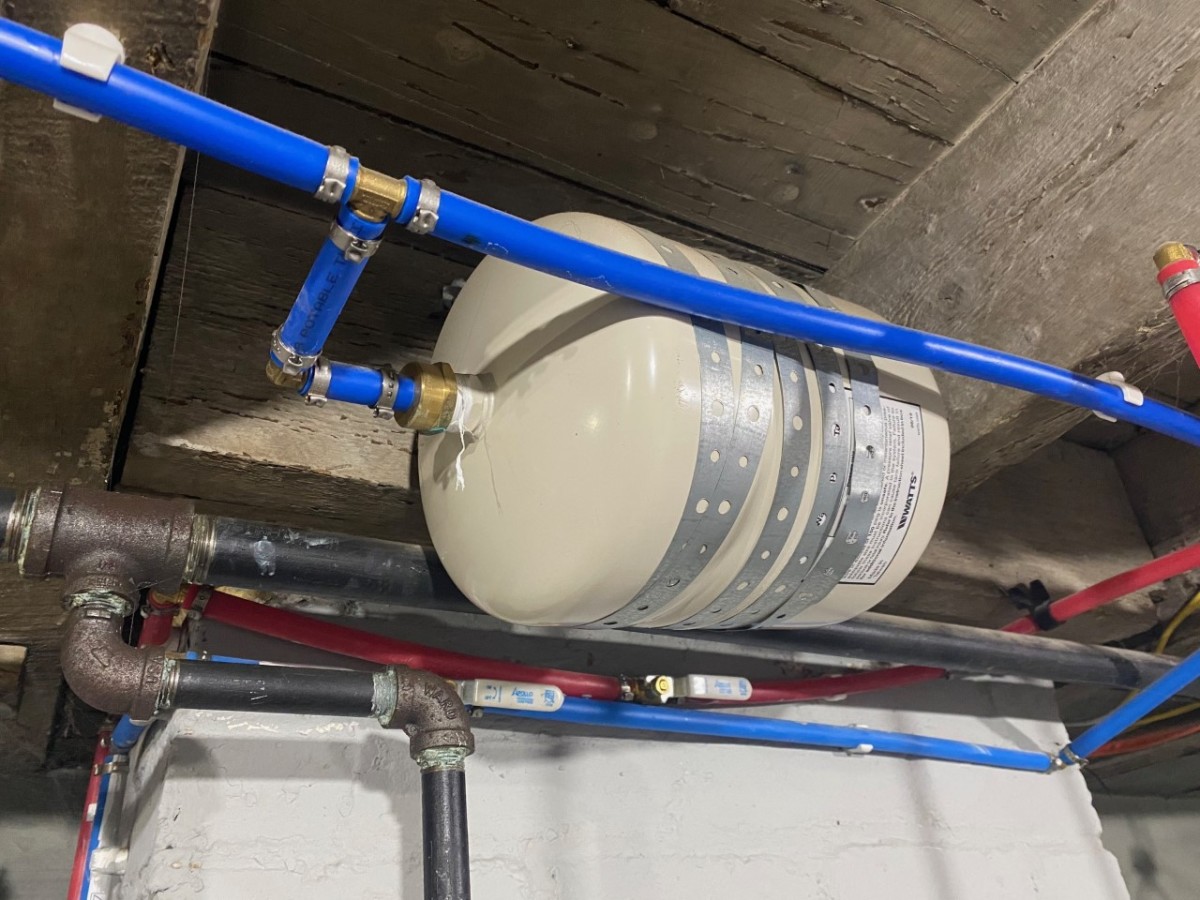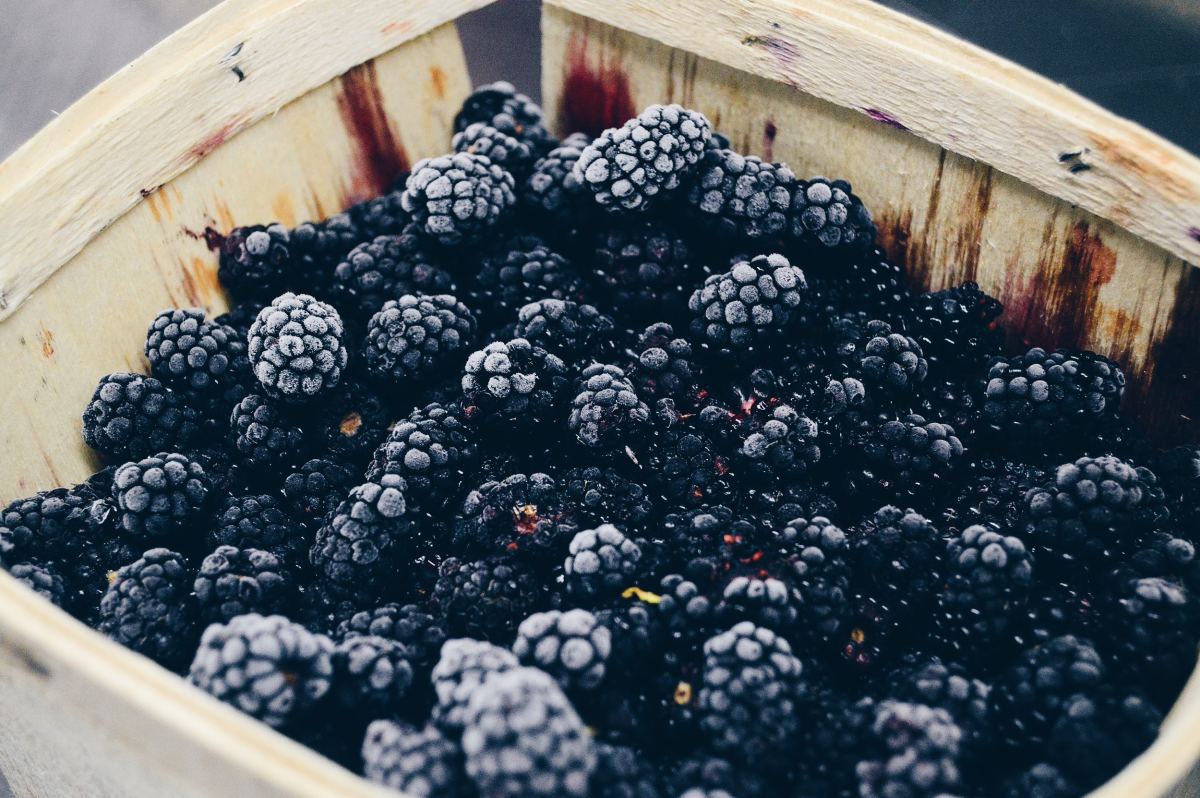How to Connect a Small Propane Tank to Your Grill
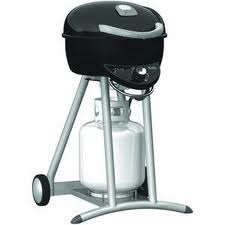
Propane is probably the most common type of gas used in gas grills, although natural gas is also used in some models. Both gases are good for use in grills, and in fact, many grill manufacturers have kits that can be used to convert a propane grill into a gas grill (and vice versa). Many people choose to use a gas grill instead of a charcoal or wood grill because of the ease of use, convince of gas, and the temperature control that gas offers. Because of this, and the nature of the gas used (it is flammable), changing the propane tank on a gas grill can be a scary thing. In fact, it can be so scary that it can be the cause of some people not wanting to use a gas grill. In fact, changing the propane tank on a gas grill is actually easy, and can be quite safe, if done properly.
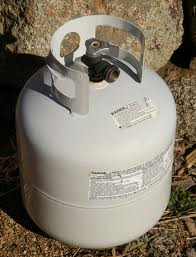
Check the New Tank
One of the very first things you will need to do in order to change propane tanks is get a second propane tank. Today's propane tanks are specially designed, and include all the safety equipment that is required by law, but if you have an older tank (pre 2000), you might have a tank without a check valve. You can check by seeing if the knob that controls the gas flow on the tank has a 3 point knob or not. Tanks with faucet style handles are not equipped with the valve, and can not be used. In fact, they can not be refilled until the valve is installed. The good news is this is usually cheap, and can be done at any propane dealer. If you rent your tanks, or are part of a tank swap program, you wont have to worry about this.
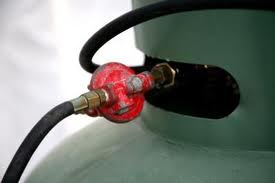
Remove the Old Tank
Now that you have a second tank to hook up, its time to disconnect the first tank. Typically, tanks are changed only when the tank runs out of propane (or is extremely low on propane). You will want to open the lid of the grill, and turn the gas on on the tank, to check to see if there is any gas left in the tank. Most places will require that you return the tanks empty, so if there is gas left in the tank, go ahead and leave the tank on, and then turn the burners on (without lighting) and allow to empty. Once empty, turn the gas back off, and leave the burners going. Attempt to light the grill, in order to burn off any remaining gas in the gas lines. The grill should just spark. Turn off the burners. Once the gas is out (and turned off), use a wrench and unscrew the hose from the old tank and the gas line of the grill.
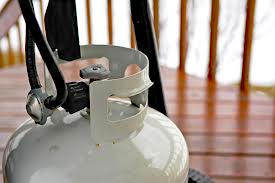
Install the New Tank
Remove the old tank, and place the new tank into place. Hook the hose back up, and then turn on the gas. Do not turn the gas on from the burners.This is so you can check the gas lines in your grill. This is an extremely important step, and should be done each time the tank is replaced. Remove the innards of your grill (such as the lava rock, and heat shields) in order to inspect the entire gas line system. Check each connection, and the entire lines for damage. Rust, loose connections, cracks, bulges and more, all can potentially fail. This is never a good thing, especially when dealing with fire, and flammable gas. If problems are found, immediately turn off the gas, and make sure to replace the parts with quality replacement gas grill parts before attempting to ignite. A good way to tell if a gas grill has a gas leak is to smell for gas. Since the burners are not on (allowing gas through), there shouldn't be a strong smell of propane. If no odors are detected, turn the burners on, and attempt to light. If the grill lights properly, replace the heat shields and lava rocks (and any other interior parts needed), and allow to run on its highest setting for about 5-10 minutes. This will burn off any excess residue, and get your grill ready for cooking.
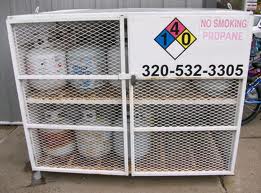
Discard (or Return) Old Tank
Return the old tank, or discard it, according to the rules and regulations where you live. Because of the nature of propane, and tanks, in general, propane tanks typically require special treatment when discarded, and usually, a hole has to be made in the tank. Check with your local trash people about rules. If the tank was rented, simply return the tank. There you go, you safely changed the propane tank on your gas grill. If you own the tank, you can store the tank safely outside, in a covered area. Make sure to store tanks outside, and in a well ventilated area. Storing tanks inside is not recommended, as fires can cause the tank to explode, unless the tank is placed inside special holding containers. If you are returning the propane tank, the company that rents them out will then take the empty propane tanks, take them back to their shop, inspect the tanks, then refill them, and bring them back to the store to be rented again. The circle of life of a propane tank is complete.
- Grill Parts for Gas Grills
Gas Grill parts and repair made easy! Your backyard barbecue and gas grill resource. Interactive part searches and repair info for all makes and models! If you happen to find broken gas grill parts, this is the place to find OEM replacement parts!

